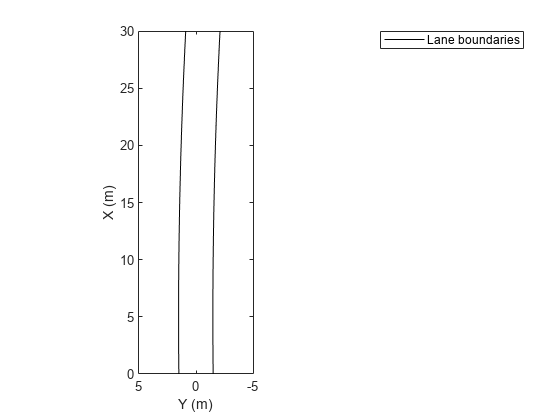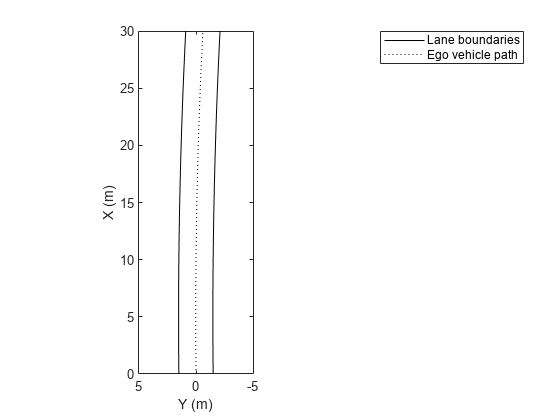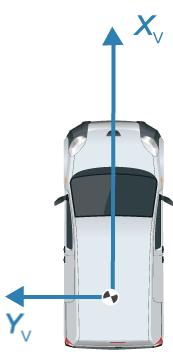plotPath
Display actor paths on bird’s-eye plot
Description
plotPath(
displays the paths of actors from a list of path coordinates on a bird's-eye
plot. The path plotter object, pPlotter,pathCoords)pPlotter, is associated with
a birdsEyePlot object and
configures the display of the specified path.
To remove all paths associated with the path plotter
pPlotter, call the clearData function and specify pPlotter as
the input argument.
Examples
Input Arguments
Version History
Introduced in R2017a


